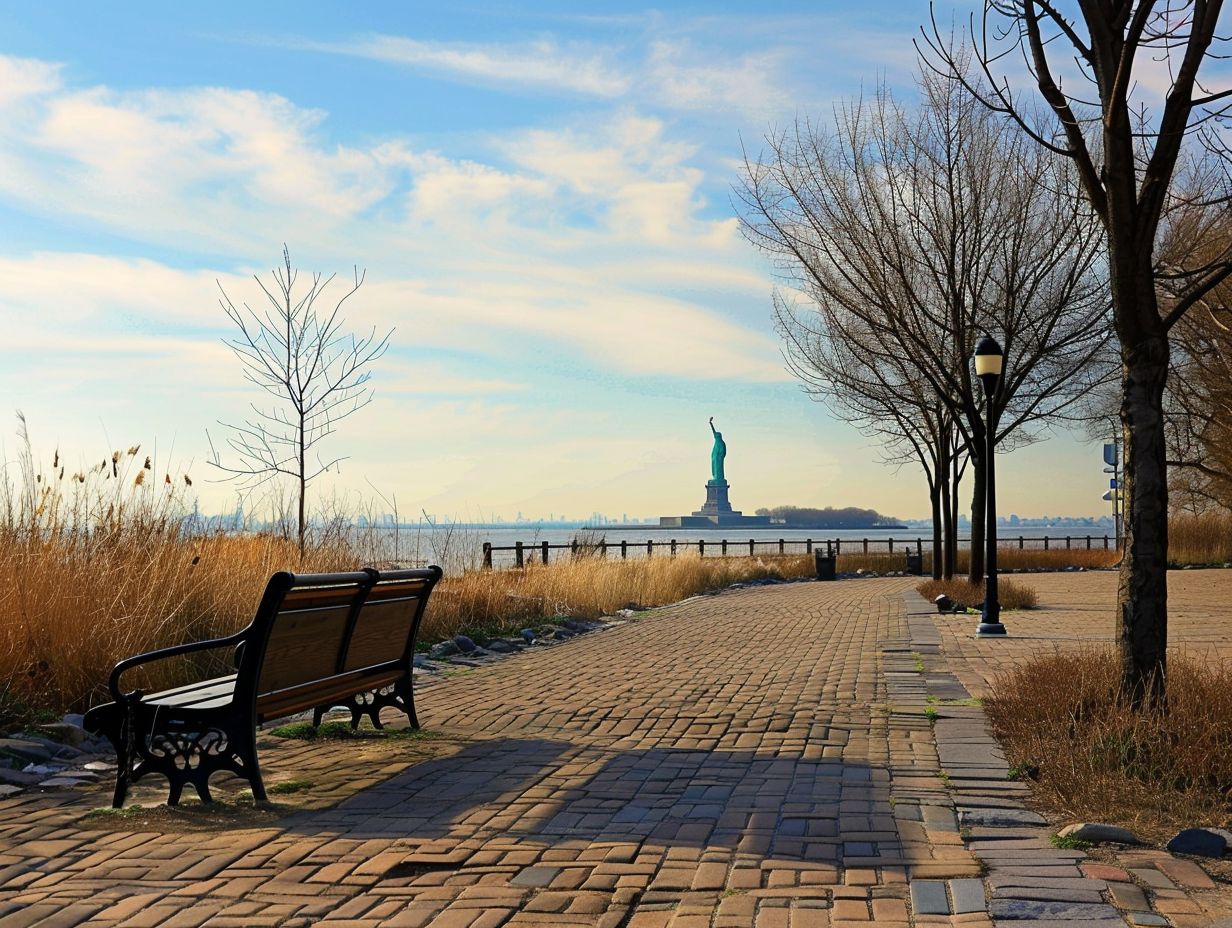Liberty State Park, a 1,212-acre urban park in Jersey City, New Jersey, has a rich history and a unique landfill area that is critical to understanding the park’s past and future. This guide provides an in-depth look at the Liberty State Park landfill, focusing on exact facts, figures, data points, and unique perspectives.
Cost, Timings, and Rates
The cleanup and restoration of the Liberty State Park landfill is a significant undertaking, with an estimated cost of several million dollars. While specific rates for touring the landfill are not available, general admission to Liberty State Park is free. However, parking fees may apply, with rates ranging from $7 for up to 4 hours to $10 for all-day parking.
Directory and Hours

Liberty State Park is open daily from 6 a.m. to 10 p.m., providing ample opportunities for visitors to explore the landfill area during their visit. For the most up-to-date information on park hours and availability, consult the official Liberty State Park website or contact the New Jersey Division of Parks and Forestry.
Value and Unique Perspectives
The Liberty State Park landfill is a testament to the park’s history and the community’s efforts to restore and preserve the area for future generations. The landfill, once an illegal dumping ground, is now being transformed into a world-class outdoor urban environment, complete with native ecosystems and a tidal wetland that will provide nature-based flood protection to neighboring communities.
Visitors to the landfill area can gain a unique perspective on the park’s history, as well as an appreciation for the ongoing restoration efforts. The landfill serves as a reminder of the park’s industrial past and the community’s commitment to creating a healthier, more resilient, and more accessible space for all to enjoy.
Critical Details and Specifications
The Liberty State Park landfill covers approximately 235 acres and has been inaccessible to the public due to industrial contamination. The area has been fenced off and contains hazardous materials such as chromium, arsenic, petroleum, and asbestos.
Remediation efforts are currently underway, with the goal of removing contaminants and restoring the area with native ecosystems, including tidal wetlands and meadows. This restoration will not only improve the park’s natural beauty but also provide critical flood and climate resilience benefits to the surrounding communities.
Real-Life Incidents and Statistics
In 1916, the Black Tom explosion occurred on what is now the southeastern corner of the park, killing as many as seven people and causing $20 million in property damage. This incident is a stark reminder of the park’s industrial past and the importance of the ongoing restoration efforts.
Additionally, the park suffered an estimated $20 million in damages during Superstorm Sandy in October 2012. This statistic underscores the need for flood and climate resilience measures, such as those being implemented in the landfill restoration project.
References:
– Former Mayor: Why I want a full cleanup of Liberty State Park
– What is now Liberty State Park was an illegal landfill
– New Jersey DEP Announces $17 Million in Funding for Liberty State Park Restoration
– Liberty State Park
– 4 Things to Know About the History of Liberty State Park
